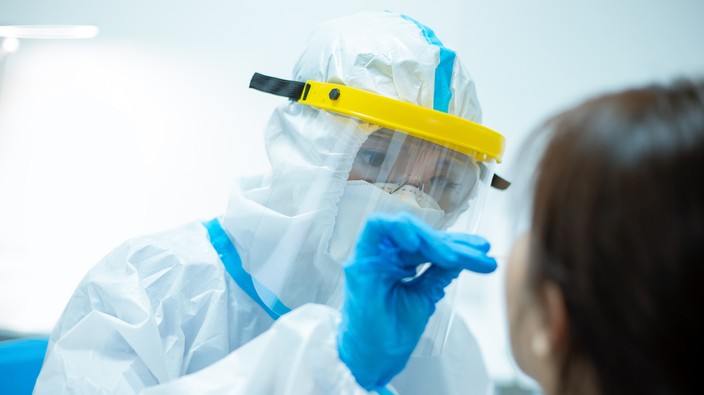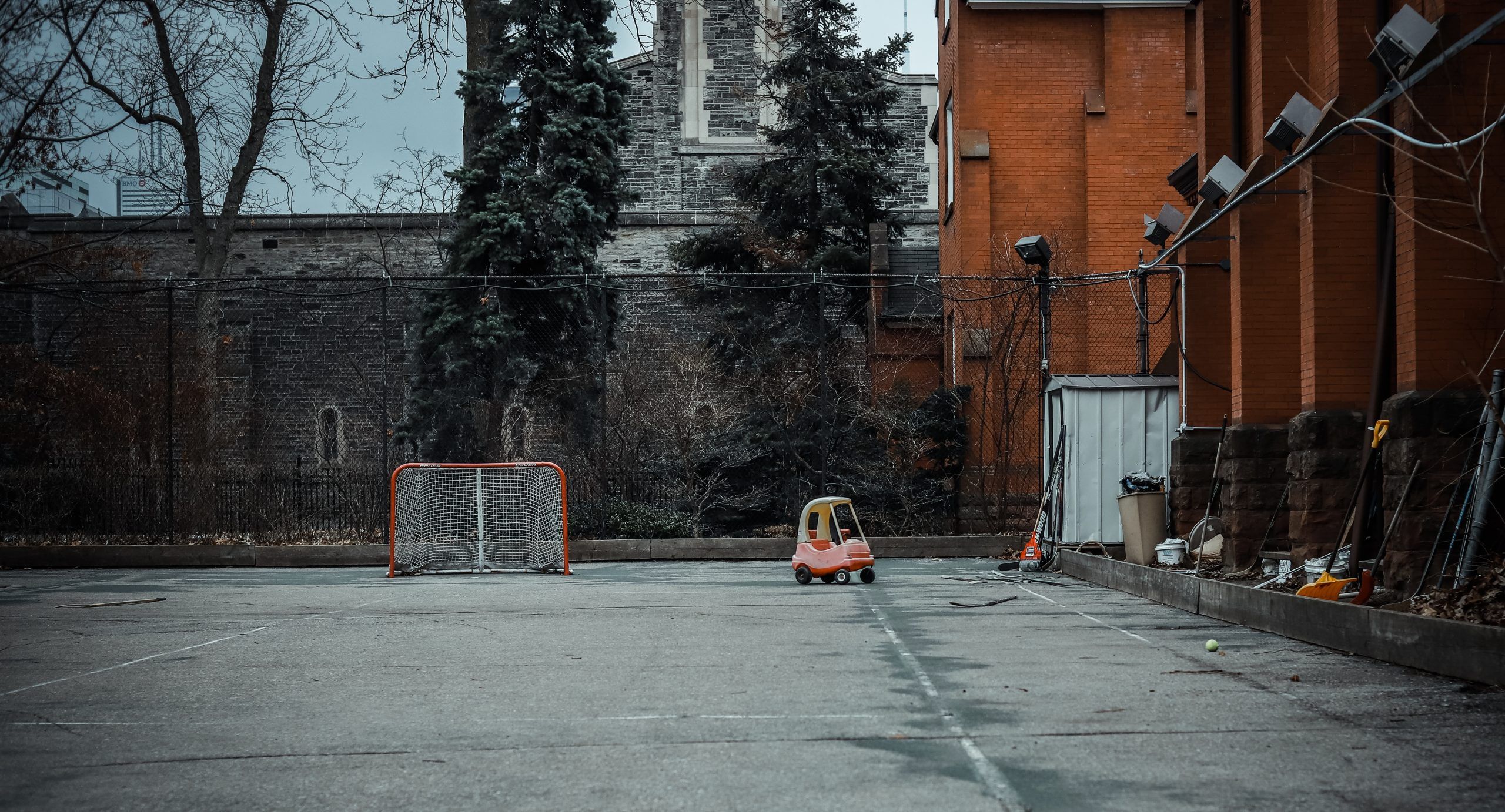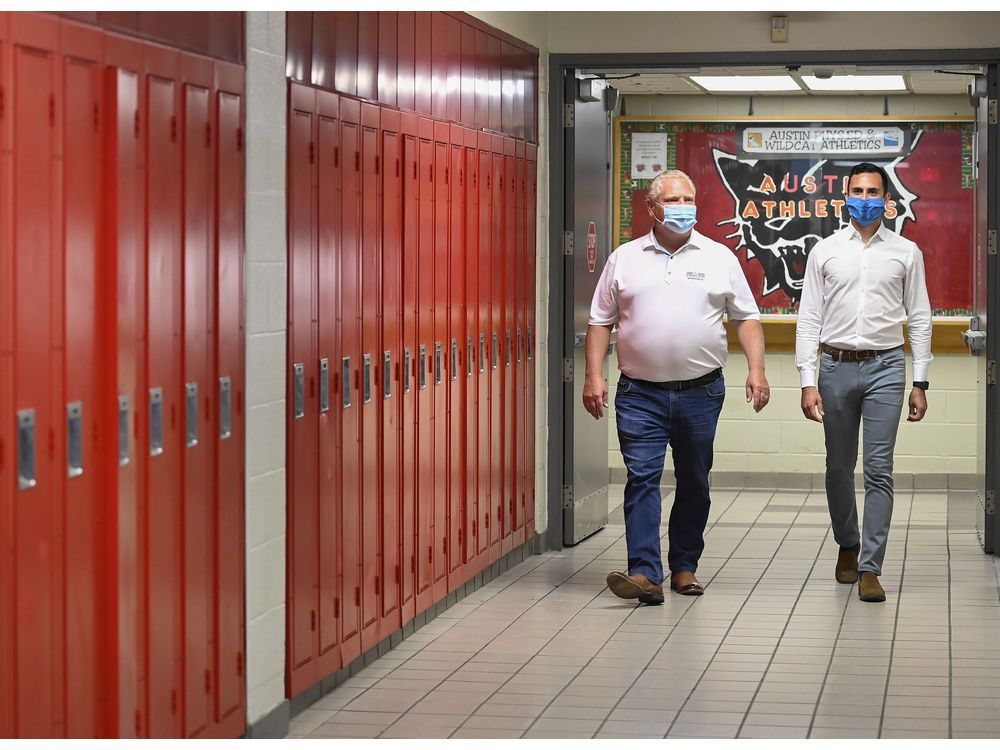during a health crisis in which uncertainty permeates every detail, from what mask is most effective to whether or not covid-19 lives on surfaces, it may not come as a surprise that test results for the virus are also uncertain. a frightening 30 per cent uncertain.according to several small studies,
anywhere between 10 to 30 per cent of tests may have inaccurate results — mostly because there’s
not enough virus being measured in the body at the time of the test.“it very much depends on when you’re testing people,” says
dr. michael gardam, chief of staff at toronto’s humber river hospital. “if you’re testing somebody who’s been infected, but hasn’t started to shed the virus yet, you’re going to get a lot of false negative results. those results will presumably switch to positive if you were to test them again three or four days later.”the importance of timing was identified recently in a
study by researchers at johns hopkins university that looked at 1330 samples from rt-pcr tests — the most common test for covid-19 — and found varying results depending on the point at which the test was taken during the infection.during the first four days of infection, for example, before symptoms appeared, the chance of getting a false negative result ranged from 100 per cent on the first day, to 67 per cent on the fourth day. after symptoms appeared, the rate of false negative results dropped to 38 per cent by the fifth day and 20 per cent by the eighth day — the lowest chance at any given time for getting a false negative result. however, the chances of a false negative result could increase again after that.in other words, at any given moment, people with covid-19 had at least a one in five chance of getting a false negative test result.in another paper
published in the new england journal of medicine, researchers called for regular reviews of test accuracy to ensure effectiveness, and also account for the potential that the virus may mutate. toronto researchers from york university echoed a similar concern in a
report published in the royal society of open science, writing that tests need to be re-evaluated to ensure they still work since they were developed during the early days of covid-19, when the virus was only first sequenced and identified.the researchers, who examined 17,000 viral genome sequences from around the world and 27 diagnostic tests, found that seven had potential genetic sequence mismatch issues that could lead them to underperform or lead to false negative results.the rate of false negatives is particularly worrisome as kids head back to school.dr. anna banerji, a pediatric infectious, tropical disease specialist and global health specialist, and director of global and indigenous health in the faculty of medicine at the university of toronto, worries about the impact of relying on inaccurate test results to determine whether or not a child is fit to return to school after being ill with the virus.“i don’t know if you can rely on the tests,” she says suggesting that kids may have to stay home from school for a longer period of time than the suggested 24 hours after receiving a negative test result, just to be extra sure they are virus-free.but while the strategy to screen people based on their test results is not perfect, it will be critical, says gardam, adding that cold and flu season just makes it more confusing.“[the flu and covid-19 will] potentially be circulating at the same time so, in october, when you wake up with a low-grade fever, a cough, and chills, you’re not going to have any clue what it is,” he says. “right now, i’d say it’s probably covid because there’s nothing else circulating. but in october, there’s a bunch of stuff that could [cause those symptoms]. this is where testing becomes really important — if you just have a cold, i don’t really want to isolate you for 14 days.”despite the concern around false negatives, gardam reminds us that testing it not our only weapon against prevent the spread of the virus. in fact, if done correctly, all of the strategies we have been using since the beginning of the pandemic should provide enough of a buffer to fill the hole made by an incorrect test result.
“testing is added onto everything else that we’re doing,” he says. “if you’ve got somebody who’s asymptomatic but has covid and isn’t shedding the virus yet, and they test negative, then they go to school, you hope that physical distancing, mask-wearing, and hand-washing is going to stop the virus from spreading.” the bottom line seems to be that inaccuracy of testing is the least of our worries — or perhaps shouldn’t be our main concern — as we prepare to send our kids into what some consider covid-19-infested waters.“we can’t test children like they’re hockey players — we can’t test them daily,” he says. “it’s not feasible and probably not necessary. if you’re careful and [follow preventative measures], if there are a few cases, you should be able to jump on it quickly and shut it down.”
dduong@postmedia.com |
@dianaduodon’t miss the latest on covid-19, reopening and life. subscribe to healthing’s daily newsletter coming out of covid.
 4 minute read
4 minute read









